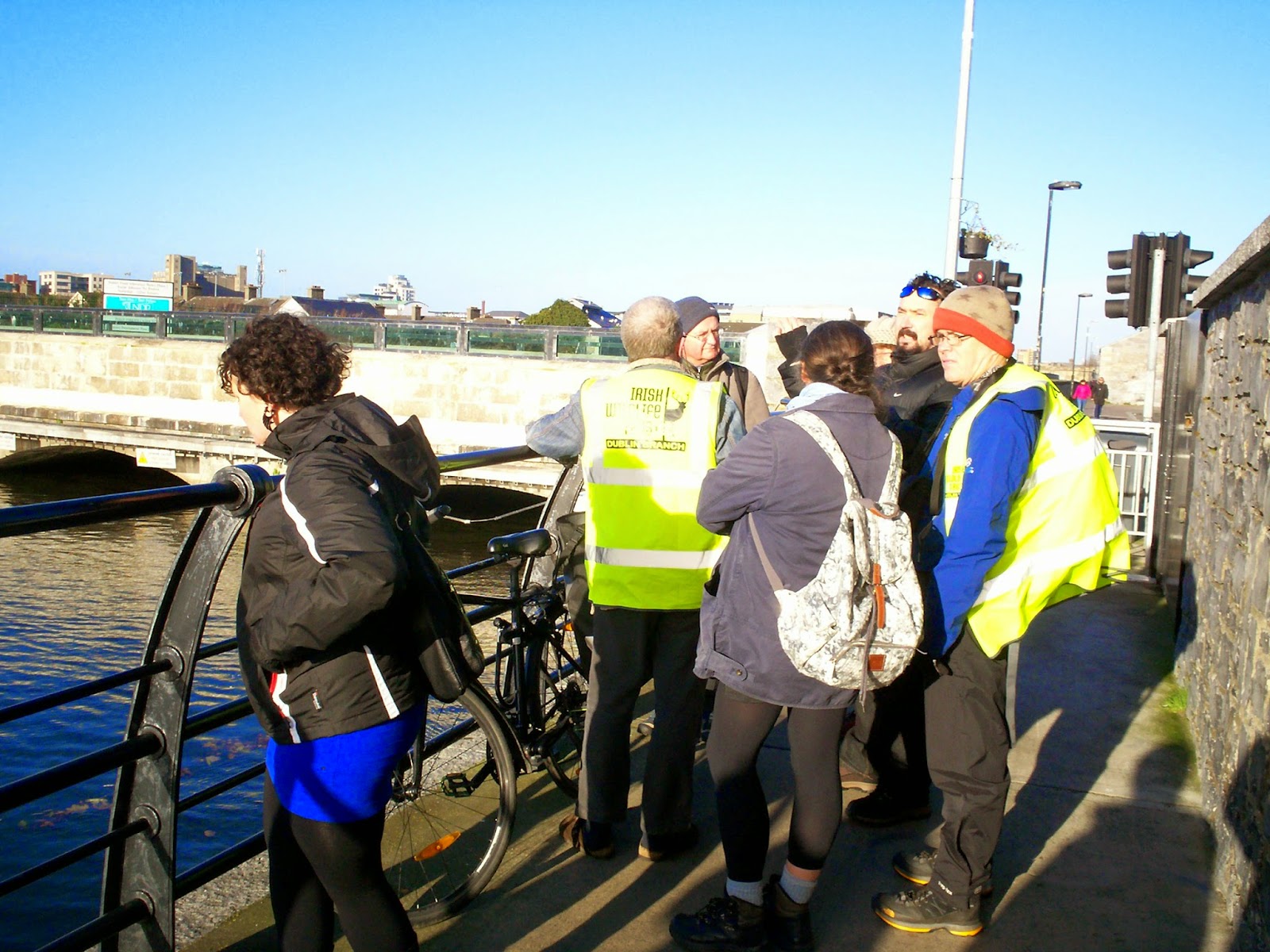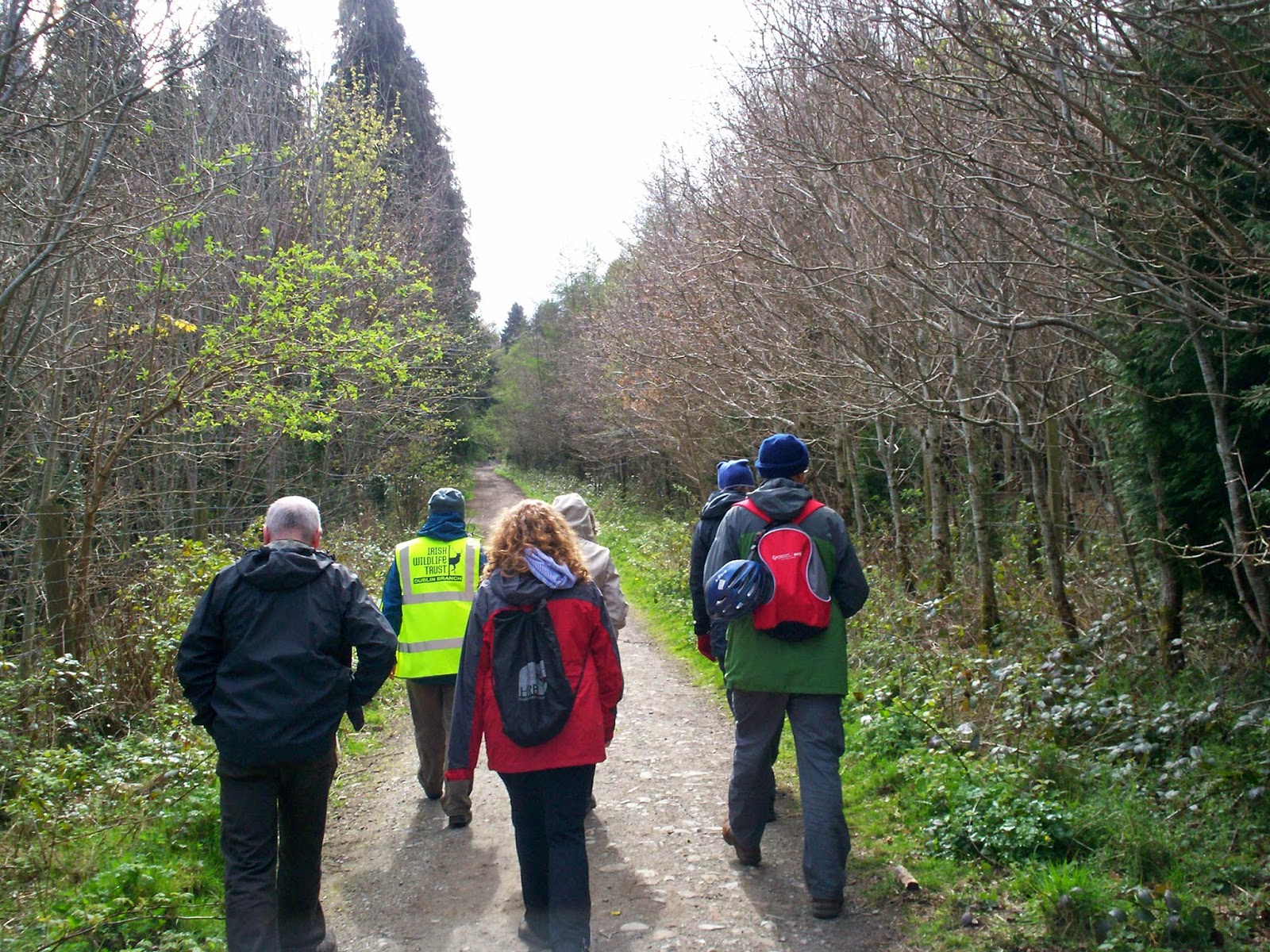This month the
Irish Wildlife Trust Dublin Branch at its
Green Drinks Dublin event, came along to hear Adrian Bannon, author, entrepreneur, lawyer and founder of multiple initiatives such as the wonderful
Pedagogy Plant, an initiative aiming to connect creative people, companies, industries and colleges all over the globe through collaborative tree planting. Inspired by the famous copper beech 'Autograph Tree' in Galway, a tree home to the signatures of many of Ireland's greatest artists, writers, thinkers and activists, Adrian aims to inspire us into positive movement and change.
The goals at Pedagogy Plant are 'TREEFOLD': Awareness, Creativity and Talent (A.C.T):
1. to encourage schools, community colleges, universities, CEO's of companies and other creative institutions in several countries to plant their own AUTOGRAPH / ALUMNI TREES (a single copper beech tree or other suitable tree ) that will house the 'autograph' signatures of those college achieving students' and employees' in 10, 20, 30, 40 and 100 years time.
2. to have citizens, friends, families, groups and pro-active communities , grass-roots developments to plant trees to celebrate their LOCAL creativity, milestones and successes and take PHOTOS / VIDEOS of the planting to send it to Pedagogy Plant on Facebook or via email.
3.apart from local creators to also have a national Pedagogy Plant Facebook Page for every country in the world.
As well as Ireland Pedagogy Plant have helped to create tree planting in Spain, Kyrgyzstan, Lebanon and India among other places. Truly a GLOBAL initiative!















.jpg)
.jpg)
.jpg)
.jpg)





.jpg)
















